Somaya Al-Madeed
2D Self-Organized ONN Model For Handwritten Text Recognition
Jul 17, 2022



Abstract:Deep Convolutional Neural Networks (CNNs) have recently reached state-of-the-art Handwritten Text Recognition (HTR) performance. However, recent research has shown that typical CNNs' learning performance is limited since they are homogeneous networks with a simple (linear) neuron model. With their heterogeneous network structure incorporating non-linear neurons, Operational Neural Networks (ONNs) have recently been proposed to address this drawback. Self-ONNs are self-organized variations of ONNs with the generative neuron model that can generate any non-linear function using the Taylor approximation. In this study, in order to improve the state-of-the-art performance level in HTR, the 2D Self-organized ONNs (Self-ONNs) in the core of a novel network model are proposed. Moreover, deformable convolutions, which have recently been demonstrated to tackle variations in the writing styles better, are utilized in this study. The results over the IAM English dataset and HADARA80P Arabic dataset show that the proposed model with the operational layers of Self-ONNs significantly improves Character Error Rate (CER) and Word Error Rate (WER). Compared with its counterpart CNNs, Self-ONNs reduce CER and WER by 1.2% and 3.4 % in the HADARA80P and 0.199% and 1.244% in the IAM dataset. The results over the benchmark IAM demonstrate that the proposed model with the operational layers of Self-ONNs outperforms recent deep CNN models by a significant margin while the use of Self-ONNs with deformable convolutions demonstrates exceptional results.
COVID-19 Infection Localization and Severity Grading from Chest X-ray Images
Mar 14, 2021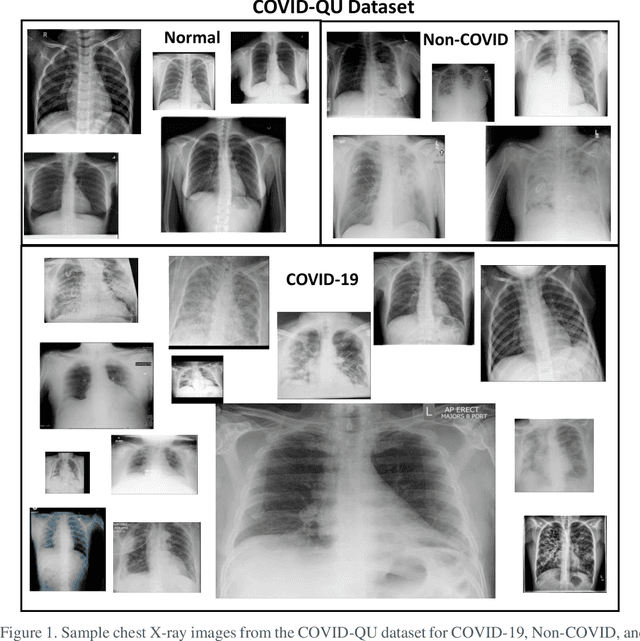
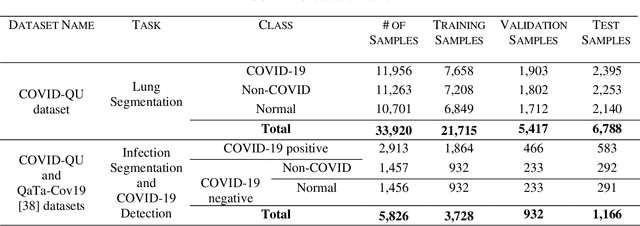
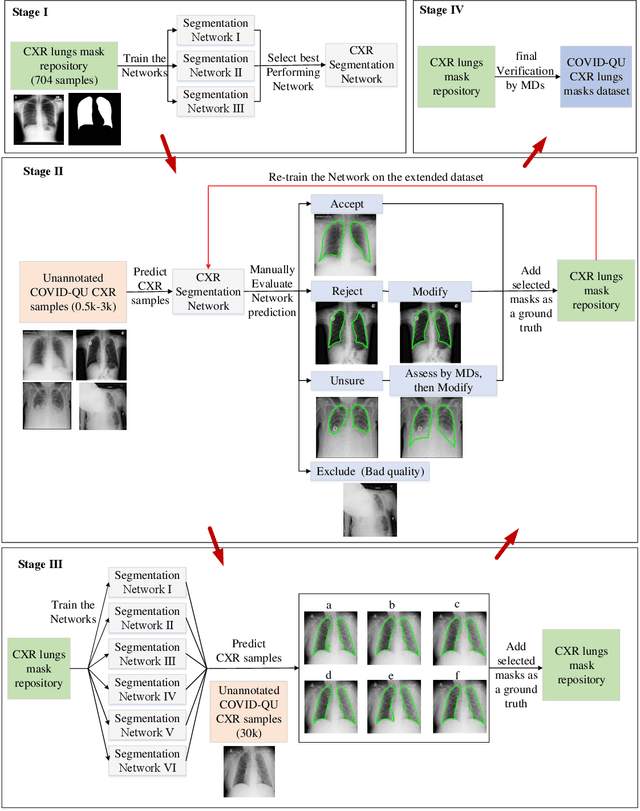
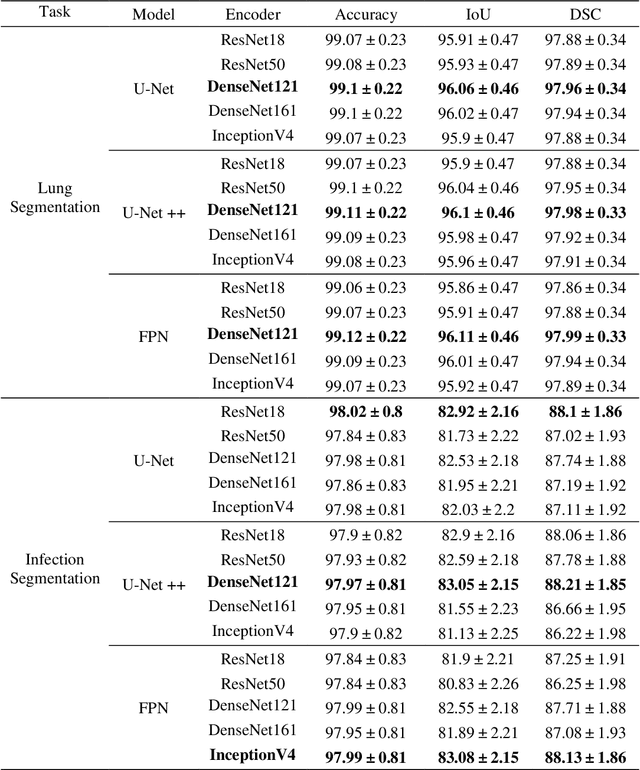
Abstract:Coronavirus disease 2019 (COVID-19) has been the main agenda of the whole world, since it came into sight in December 2019 as it has significantly affected the world economy and healthcare system. Given the effects of COVID-19 on pulmonary tissues, chest radiographic imaging has become a necessity for screening and monitoring the disease. Numerous studies have proposed Deep Learning approaches for the automatic diagnosis of COVID-19. Although these methods achieved astonishing performance in detection, they have used limited chest X-ray (CXR) repositories for evaluation, usually with a few hundred COVID-19 CXR images only. Thus, such data scarcity prevents reliable evaluation with the potential of overfitting. In addition, most studies showed no or limited capability in infection localization and severity grading of COVID-19 pneumonia. In this study, we address this urgent need by proposing a systematic and unified approach for lung segmentation and COVID-19 localization with infection quantification from CXR images. To accomplish this, we have constructed the largest benchmark dataset with 33,920 CXR images, including 11,956 COVID-19 samples, where the annotation of ground-truth lung segmentation masks is performed on CXRs by a novel human-machine collaborative approach. An extensive set of experiments was performed using the state-of-the-art segmentation networks, U-Net, U-Net++, and Feature Pyramid Networks (FPN). The developed network, after an extensive iterative process, reached a superior performance for lung region segmentation with Intersection over Union (IoU) of 96.11% and Dice Similarity Coefficient (DSC) of 97.99%. Furthermore, COVID-19 infections of various shapes and types were reliably localized with 83.05% IoU and 88.21% DSC. Finally, the proposed approach has achieved an outstanding COVID-19 detection performance with both sensitivity and specificity values above 99%.
Detection and severity classification of COVID-19 in CT images using deep learning
Feb 15, 2021
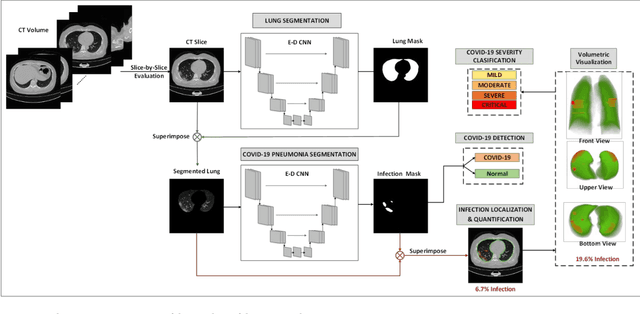

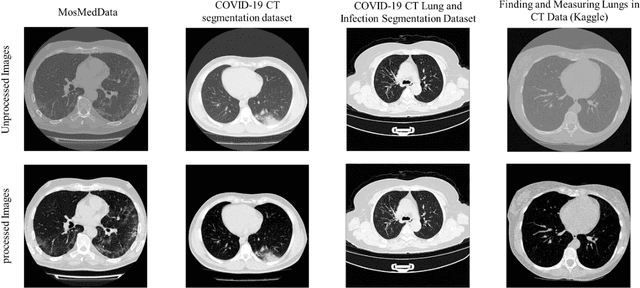
Abstract:Since the breakout of coronavirus disease (COVID-19), the computer-aided diagnosis has become a necessity to prevent the spread of the virus. Detecting COVID-19 at an early stage is essential to reduce the mortality risk of the patients. In this study, a cascaded system is proposed to segment the lung, detect, localize, and quantify COVID-19 infections from computed tomography (CT) images Furthermore, the system classifies the severity of COVID-19 as mild, moderate, severe, or critical based on the percentage of infected lungs. An extensive set of experiments were performed using state-of-the-art deep Encoder-Decoder Convolutional Neural Networks (ED-CNNs), UNet, and Feature Pyramid Network (FPN), with different backbone (encoder) structures using the variants of DenseNet and ResNet. The conducted experiments showed the best performance for lung region segmentation with Dice Similarity Coefficient (DSC) of 97.19% and Intersection over Union (IoU) of 95.10% using U-Net model with the DenseNet 161 encoder. Furthermore, the proposed system achieved an elegant performance for COVID-19 infection segmentation with a DSC of 94.13% and IoU of 91.85% using the FPN model with the DenseNet201 encoder. The achieved performance is significantly superior to previous methods for COVID-19 lesion localization. Besides, the proposed system can reliably localize infection of various shapes and sizes, especially small infection regions, which are rarely considered in recent studies. Moreover, the proposed system achieved high COVID-19 detection performance with 99.64% sensitivity and 98.72% specificity. Finally, the system was able to discriminate between different severity levels of COVID-19 infection over a dataset of 1,110 subjects with sensitivity values of 98.3%, 71.2%, 77.8%, and 100% for mild, moderate, severe, and critical infections, respectively.
An early warning tool for predicting mortality risk of COVID-19 patients using machine learning
Jul 29, 2020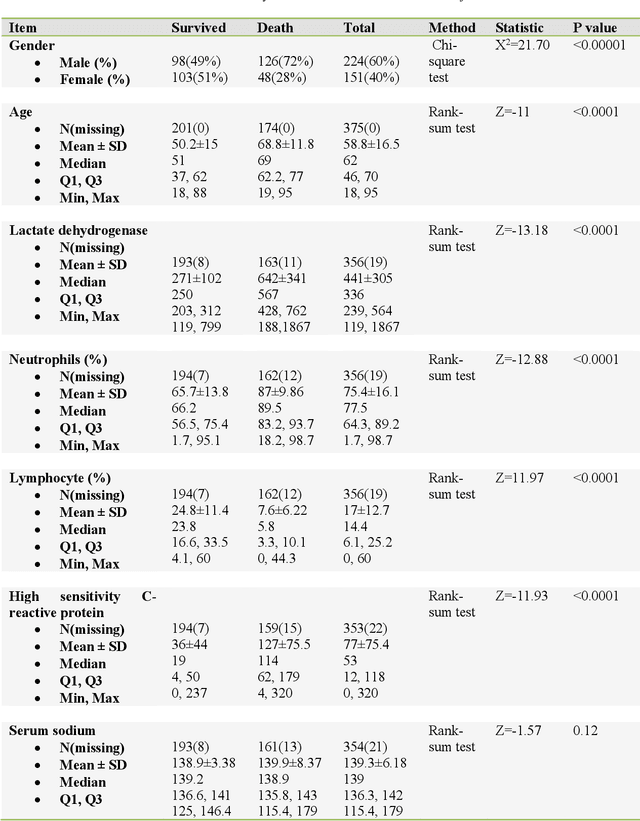
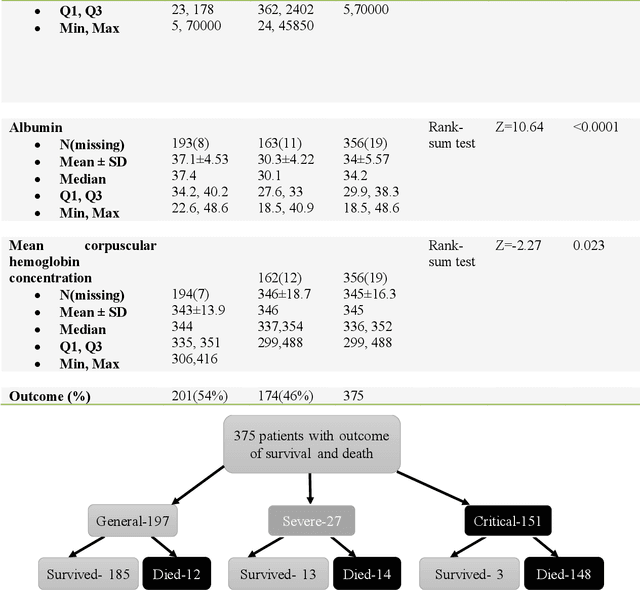


Abstract:COVID-19 pandemic has created an extreme pressure on the global healthcare services. Fast, reliable and early clinical assessment of the severity of the disease can help in allocating and prioritizing resources to reduce mortality. In order to study the important blood biomarkers for predicting disease mortality, a retrospective study was conducted on 375 COVID-19 positive patients admitted to Tongji Hospital (China) from January 10 to February 18, 2020. Demographic and clinical characteristics, and patient outcomes were investigated using machine learning tools to identify key biomarkers to predict the mortality of individual patient. A nomogram was developed for predicting the mortality risk among COVID-19 patients. Lactate dehydrogenase, neutrophils (%), lymphocyte (%), high sensitive C-reactive protein, and age - acquired at hospital admission were identified as key predictors of death by multi-tree XGBoost model. The area under curve (AUC) of the nomogram for the derivation and validation cohort were 0.961 and 0.991, respectively. An integrated score (LNLCA) was calculated with the corresponding death probability. COVID-19 patients were divided into three subgroups: low-, moderate- and high-risk groups using LNLCA cut-off values of 10.4 and 12.65 with the death probability less than 5%, 5% to 50%, and above 50%, respectively. The prognostic model, nomogram and LNLCA score can help in early detection of high mortality risk of COVID-19 patients, which will help doctors to improve the management of patient stratification.
 Add to Chrome
Add to Chrome Add to Firefox
Add to Firefox Add to Edge
Add to Edge